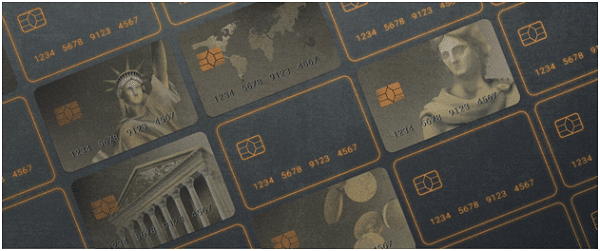Table of Contents

The global digitalization trend hasn’t bypassed the field of public transport. The use of digital solutions allows transport companies to save their resources, optimize processes, and increase profits. Moreover, this sector has many tasks that can be performed with the help of modern technologies. Let’s talk about solutions applied in the public transport sector in the EU.
Digitalization of transport in the EU
In July 2020, the EU scientists completed a large-scale study – Digital Transformation and Social Dialogue in Urban Public Transport in Europe. The work was carried out in 15 countries, and its main task was to identify the degree of influence of digitalization on the public transport functioning efficiency.
In the course of the study, experts formulated a classification and divided all key technologies and drivers of digitalization into groups. It was concluded that IT solutions have a positive impact on the public transport sector. The use of technologies is underpinned by, first and foremost, the need to make the interaction of a passenger with transport as convenient as possible.
Today, IT companies offer all kinds of products for this area – from navigation and digital maps to VR/AR applications, including those for quick ticket purchases.
Ticket purchase automation is based on the fact that a passenger installs an application on their smartphone to receive information or access public transport services. In such a way, a user can learn about fares and routes and buy tickets online.
When buying electronic tickets, information is read and payment is made contactlessly. This is a significant advantage in today’s reality. Special attention to the development of public transport and its digitalization is paid in Germany. There, a full transition to automated ticket purchase is expected.
Benefits of digital solutions for companies
Digitalization greatly simplifies lives and saves money for companies providing transportation services.
For example, Volvo developed a software solution to automate the movement of buses to the depot. It turned out that drivers were not needed to move and park them. A depot has neither passengers nor other vehicles, but it has a list of tasks for a bus to complete before entering the parking lot (washing, refueling, etc.). Thanks to dedicated software, these processes are now carried out without the direct participation of workers. The results are labor resource saving and efficient use of space. According to experts from the Karlsruhe Institute of Technology (Germany), one autonomous depot saves a company up to €100,000 a year.
Similar solutions are used by other companies – for example, by Iveco. In 2018, the concept of autonomous bus garages was presented in Paris.
Digitalization also affects the internal processes of businesses operating in the field of public transport. First of all, it is the ability to predict and prevent breakdowns. The subway in Madrid applies software that makes it possible to monitor the condition of the equipment and eliminate possible problems in advance.
The new organization of processes requires specialists of certain training and reveals significant differences in the development of the transport industry in different countries. To flexibly respond to changes, companies should carry out reorganization and apply a new approach to recruiting and shaping business processes. In any case, the process of introducing digital solutions has been launched and cannot be stopped. This means that businesses need to adapt to new conditions.
The importance of digitalization for the urban environment
An excessive number of cars has an adverse impact on the environment and human health. Exhaust gases degrade air quality and release harmful particles that increase the risk of respiratory illness and even affect the mental health of citizens. Air pollution is especially dangerous for children, as the developing brain is sensitive to negative environmental exposures.
Public transport is more eco-friendly than private cars. The popularization of urban transport, including through the introduction of convenient online services and apps for passengers, is directly related to the control over carbon dioxide emissions and improvement of the environmental situation. This is just one of the reasons why governments and transport companies are introducing IT solutions in the public transport sector.
Control over traffic and traffic jams is also contributing a lot to the improvement of air quality in cities. The development of platforms based on traffic data includes the creation of systems for detecting traffic jams and warning drivers about them, monitoring construction activities on the roads, and better integrating cycle data into the architecture of all traffic data. The use of real-time traffic data to inform people and manage the movement of all types of transport contributes to the development of so-called innovative mobility. Thus, the effective use of digital technologies contributes to the promotion of eco-friendly types of transport.